The Independent's journalism is supported by our readers. When you purchase through links on our site, we may earn commission.
Stavanger city guide: Where to stay, eat, drink and shop in Norway’s maritime darling
Meet Norway’s oldest, richest city - with a picture-perfect old town in nifty proximity to the country’s life-affirming Lysefjord, says Mike MacEacheran
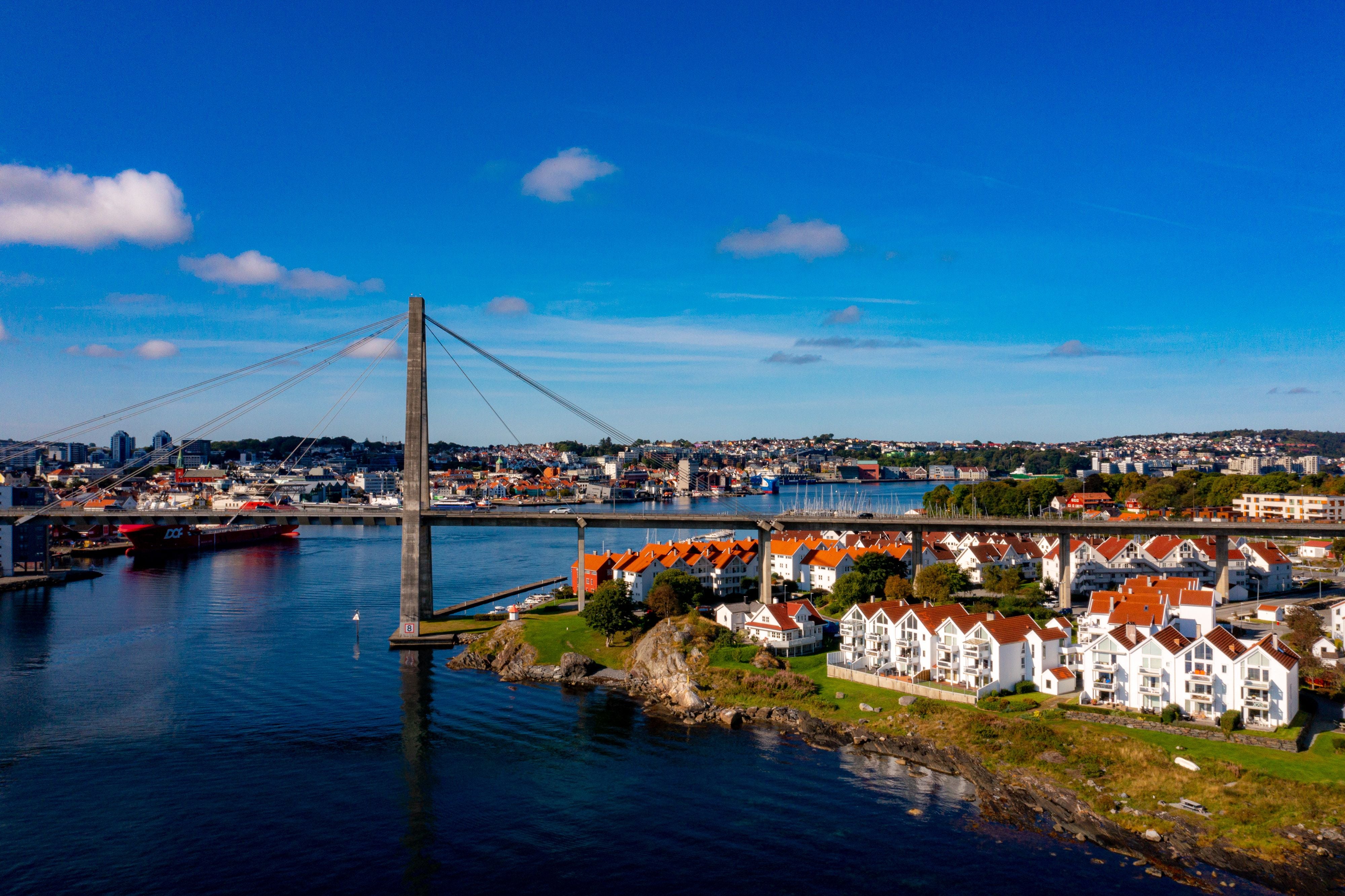
How times change. You no longer need to be an oil baron or offshore rig worker to contemplate a trip to Stavanger, on Norway’s fjord-ruptured southwest coast. Dubbed the subsea oil and gas capital of Europe since North Sea oil fields were first drilled in 1965, the city has more recently gained a reputation as a pretty, culture-rich city stop for hikers traversing the area – with a series of exhilarating adventures on its doorstep and tour operators making inroads into the Lysefjord, the area’s steep-sided inlet. Few places better frame the stark contradiction of the constant battle between humankind and nature.
What to do
Take a step back in time
Gamle Stavanger is the oldest part of this maritime city, and something of a living museum – all white clapboard cottages, picket fences, gas lamps and cobblestoned streets. To fans of Scandi noir, the dockside location, wooden warehouses and former fishing cabins will feel familiar – they are a staple along the country’s coast and were once sustained by ship-building and sardine canning industries.
Fish factories in Norway are as predictable as Nordic knitwear, but the Norwegian Canning Museum remains a splendid place to get the lowdown on the industry that helped bankroll the coast. Its greatest surprise is some 35,000 different tin labels. In the surrounding alleys, you’ll also find the Stavanger Maritime Museum and Viking House, a virtual reality introduction into the area’s heavily bearded, historical pirates.
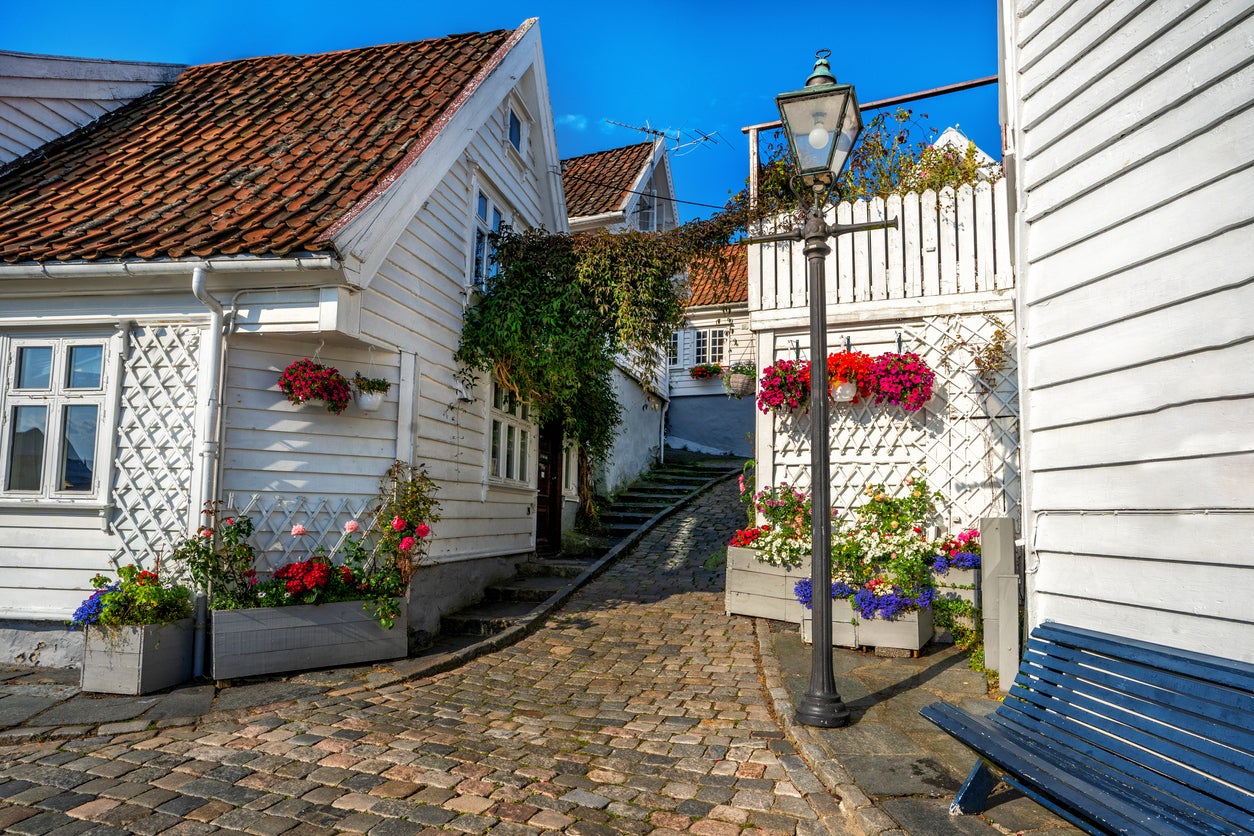
Applaud the art
Stavanger has a surprisingly cutting-edge arts scene. Not only is it home to the annual international contemporary street art initiative Nuart, which now has a satellite across the North Sea in Aberdeen, but it also runs art walks throughout the year. Post-graffiti, muralism and so-called subvertising are king on these streets, and a half-day is more than enough to discover its blend of spray can fantasy and comic culture. Later, after squeezing in a visit to the Stavanger Art Museum, walk Fargegaten, a strip of arty bars daubed with bright paintbox colours.
Get your hike on
What really lends Stavanger credibility these days is its proximity to the Lysefjord, a vast body of water which stretches inland like a magic kingdom for hikers, bikers, kayakers and wild campers. The most famous spot on the 26-mile-long inlet is Preikestolen, or Pulpit Rock, and its view – that somehow coils its way up your spine – is what Instagram was made for. The hike is a masterclass in the art of test-and-release, keeping hikers waiting until the very last moment to reveal its natural splendour: a 10,000-year-old rock platform 600m above the mirror-like water.
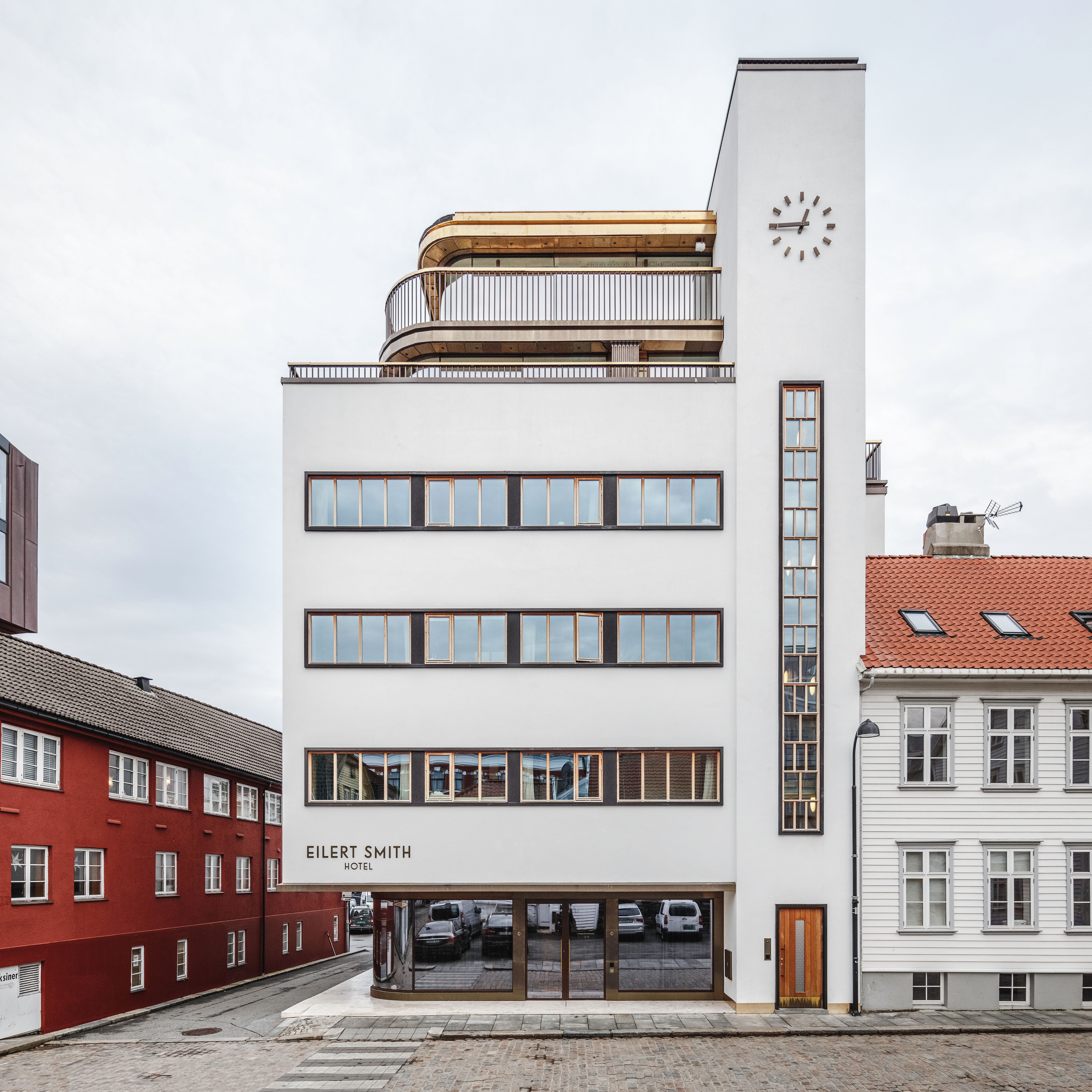
Where to stay
With a branded name like Clarion Hotel Stavanger, you hardly expect a spiritual epiphany here, but this four-star property overlooking the harbour has a few divine tricks up its sleeves. Showing how far the city has transformed, there’s a ground floor restaurant from Ethiopian-Swedish chef Marcus Samuelsson, who helped define the soul food zeitgeist at Red Rooster in New York’s Harlem – here, the schtick is Norwegian trout and lamb tenderloin, served with plenty of koselig, or Scandi comfort. Rooftop bar Espier adds a touch of glam, as do stylish rooms, made all the more extraordinary by views of the pastel-coloured fishermen’s warehouses on Vågen. Doubles from £87, B&B. nordicchoicehotels.no
With views on tap and unbeatable food at super-swanky boutique hotel Eilert Smith, it’s only actual rooms that are in short supply. There are 12 in total, with each individually tailored with design catalogue furniture, squashy sofas, kitchenettes and a private-club vibe. In the same building is the city’s two Michelin-star triumph, Re-Naa, a French tour de force where significant portions of your time will be spent slurping fat oysters. Good enough for Odin, really. Doubles from £329, B&B. eilertsmith.no
There’s an art to creating a home-away-from-home vibe in a hotel and the brains behind the cash-free Comfort Hotel Square have pulled it off. It’s chock-a-block with places to plonk yourself with a coffee or laptop, and crowned by a thrilling open-air roof terrace that you can rent out with your pals. It also comes with a bar-reception hybrid, so you can order a pint of whatever’s on draft while checking in. Now, why doesn’t every hotel have one of these? Doubles from £64, B&B. nordicchoicehotels.no
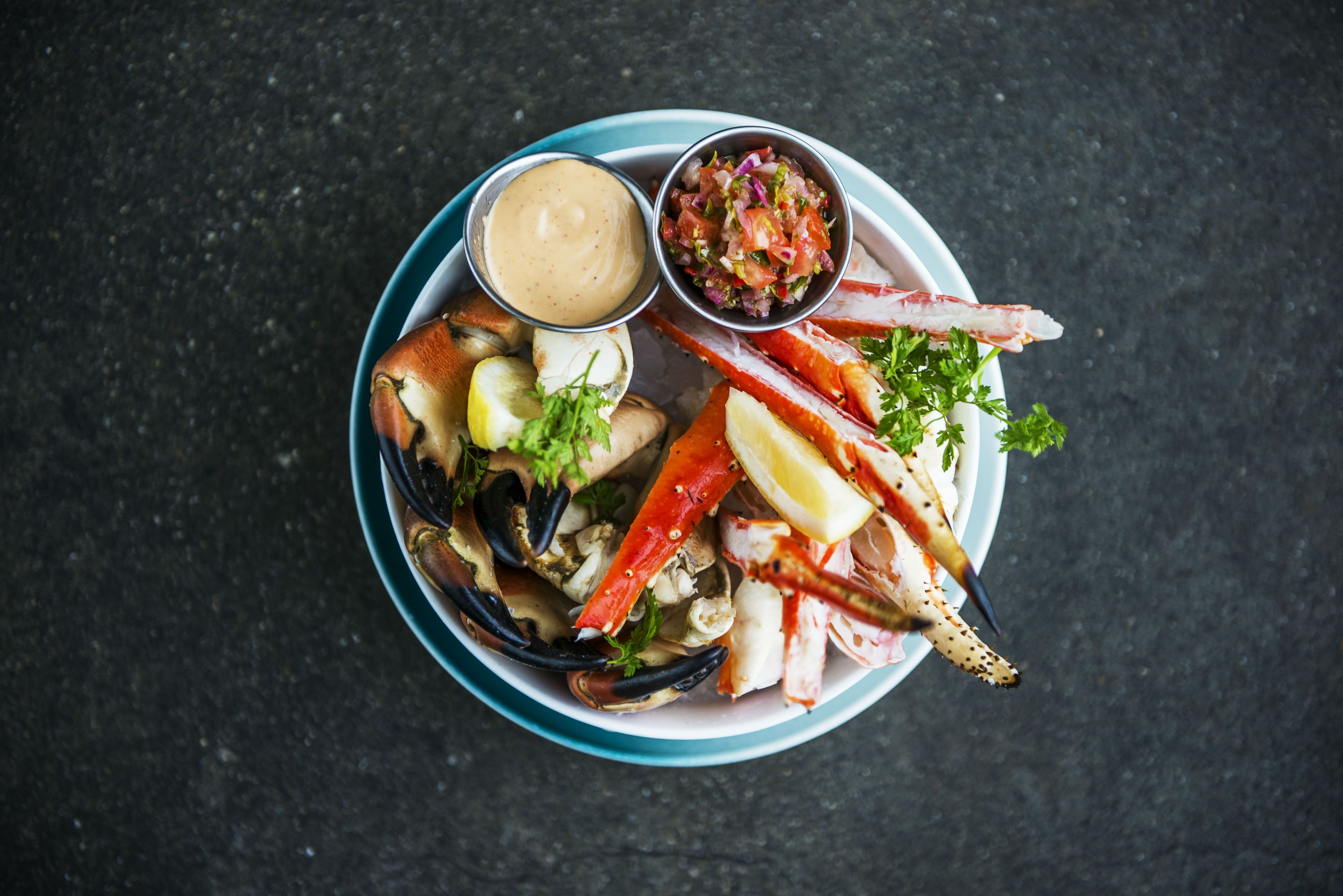
Where to eat
Norwegians love a bakery – dark rye bread with brunost (Norwegian “brown cheese”) is practically a human right – and Stavanger has plenty that feel like old, dependable friends. Try Godt Brød Sølvberge for open-faced sandwiches, pastries and home-ground coffee; Kanelsnurren on Verksgata for gourmet breads, gingerbread and seasonal bakes; or Vaaland Dampbakeri & Conditori, which has outlets scattered across town like a handful of carelessly thrown flour.
It’s screamingly obvious why Norwegians love Hekkan Burger on Pedersgata. It’s a no-nonsense affair, with a car-crash design and stripped back menu that focuses on the art of the dirty burger. Order one with or without cheese alongside chili-mayo fries, then go easy on yourself and order another. For similar here-and-now places, plus the latest additions to Stavanger’s food scene, you won’t have to walk far along the same street.
Fisketorget – or Fish Market – might be as touristy as walking around Stavanger with a pair of novelty Erik the Red horns on your head, but it is still where the journey into Norway’s love affair with the sea begins. It’s a hybrid of seafood restaurant and market counter, which is fitting, really, because it’s where fish has been sold in the city for more than 150 years. Only two dishes have been on the go since it opened two decades ago – the shrimp sandwich and fish soup – but that’s partly because the menu is subject to whatever is hauled in at the quayside.
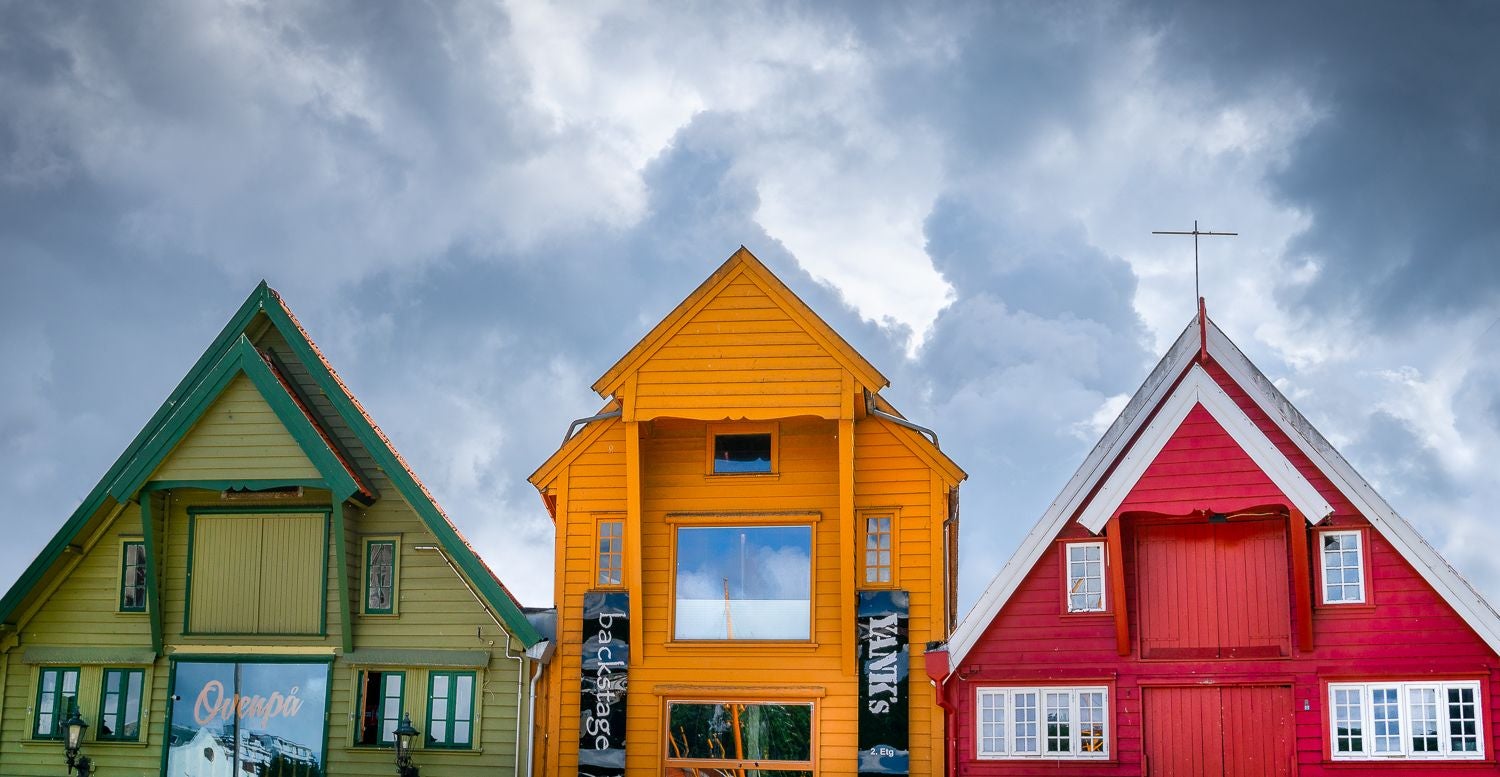
Where to drink
Drinking is never cheap in Norway – don’t expect change from £10 for a beer – but thanks to a fiercely competitive scene you’ll never have to settle for anything that’s sub-standard. Lervig is the local craft brewing champion and ordering a hells lager, saison beer, or double dry-hopped pale ale at hipster ground zero Lervig Local feels almost like a badge of honour.
Broremann Bar, tucked on Skanesgate behind the waterfront, channels a louche speakeasy vibe, even if it’s one of the best-known bars in Stavanger. There’s a cracking mini-botanical garden at the back (weekends only), cocktail courses on offer, and pretty much every kind of seasonal-fruity libation you can think of. If cocktails don’t rock your boat, then everything can be served virgin-style.
Where to shop
North of Stavanger Cathedral, between Kongsgata and the island-speckled sea, the city seems to squash as many smartphone-ready storefronts and pretty boutiques into the streets as possible. Here you’ll find Arkaden department store and more Scandi outdoor brands and mainline fashion stores than you can shake a stick at (namely Norrøna, Fjӓllrӓven , Noa Noa, Ganni and, of course, H&M).
For a textbook jumper or a conversation-starting pewter-clasp cardigan, pick up a piece of merino wool knitwear from Norwegian brand Norlender. The Bergen-based company has been around for nearly 100 years and, at times, it feels like every souvenir shop in Stavanger has a deal on something from last season’s collection.
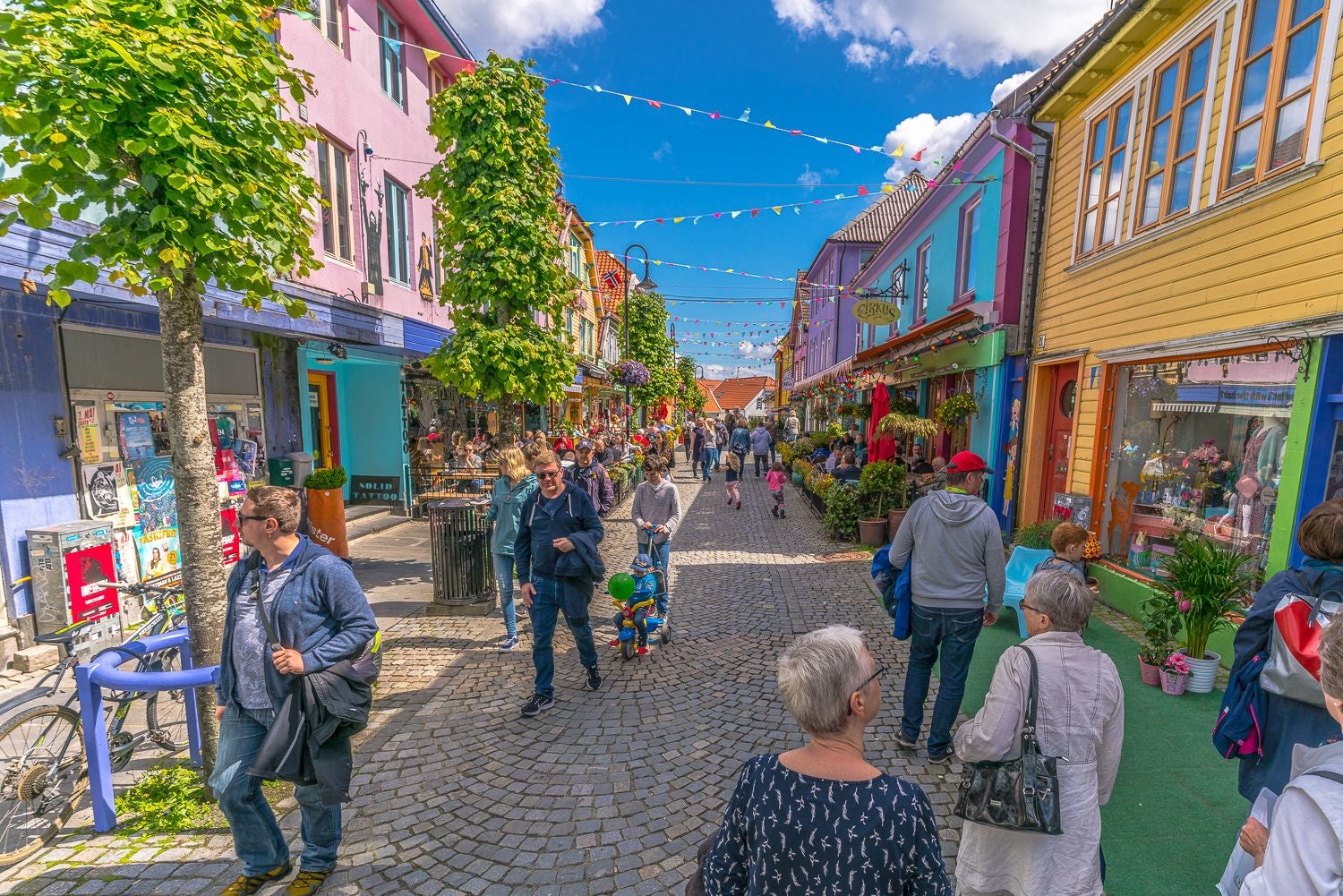
Architectural highlight
Remember Stavanger is an oil town? Offshore rigs may have been built to plumb the depths of the seas, but their architecture is really more fortification at sea. To see an anchored steel and concrete platform up close, the Norwegian Petroleum Museum is a rig in miniature, with exhibits on industrial heritage and – with a clear conscience – climate change.
Nuts and bolts
What currency do I need?
Norwegian Krone (NOK).
What language do they speak?
Norwegian.
Should I tip?
10 to 15 per cent will do.
What’s the time difference?
GMT +1.
How should I get around?
On foot. Stavanger is compact and easily navigable.
What’s the best view?
Take a walk along Strandkaein to see all those crayon-bright fishing wharves.
Insider tip?
Outside of the summer season, many cafes, restaurants, bars and shops are closed on a Sunday.
Getting there
Trying to fly less?
You can travel by train from London as far as Oslo – taking a Eurostar to Brussels followed by ICE trains to Copenhagen (via Gothenburg, or Cologne and Hamburg, depending on the timing). From Oslo, take a Norwegian Vy train on to Stavanger.
Fine with flying?
Norwegian and SAS both have direct flights from the UK to Stavanger.
Join our commenting forum
Join thought-provoking conversations, follow other Independent readers and see their replies
Comments